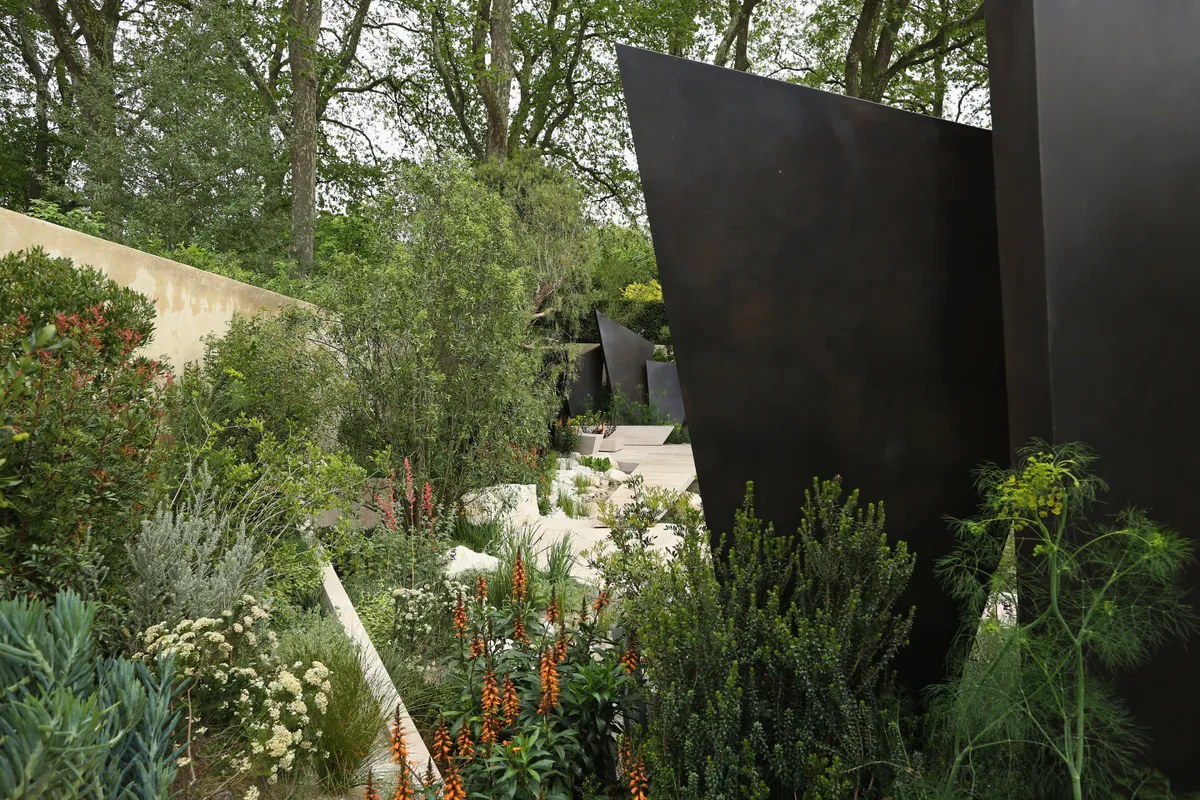Experienced Chelsea Flower Show designers walk down Main Avenue the evening before the medals are awarded and can usually predict the gold medal gardens. It’s trickier, though, to pick out Best in Show. On paper, this is the garden that has achieved the highest score on the judges’ checklist, which covers nine criteria, including design, spatial composition, quality of the build and planting excellence. But what lifts one gold medal winner above another? Veteran Chelsea judge James Alexander-Sinclair explains: “You’re looking for new and exciting design, for someone who’s treating the rectangular plot slightly differently. And you’re also looking for new and exciting planting.” There is no trick he can teach designers, he says. “The answer is just do everything really, really well – and do it better than the others.”
You may also like
- Everything you need to know about Chelsea
- Here's how to design a Chelsea show garden
- Sign up to our Chelsea newsletter
- Head to our Chelsea Flower Show hub page

Andy Sturgeon, who has won gold at Chelsea many times, observes that often Best in Show designers are given free reign by their sponsors and aren't tied by a particular brief. For his 2016 garden, which certainly had both an original layout and refreshingly different planting, it was the sculptural fins that sparked the design, and the night before submitting it to sponsor The Telegraph and contractors, online plant retailer Crocus Andy made a model (below) out of cardboard and plasticine. “This meant we could get down at eye level and see all the views the judges, the public and the cameras would see,” he says. Initially he imagined woodland planting for the scheme but changed his mind when he remembered that this had been used widely in 2015. As the fins took shape, the garden started to feel hot and dry so he devised a shrubby, arid palette that would feature many plants he had never used before, and which he hoped would also be new to most of the judges.

“This meant we could get down at eye level and see all the views the judges, the public and the cameras would see".
The build was perhaps more complex than some of Andy’s earlier gardens – the foundations had to be colossal, and the huge scale of the structures meant that everything had to be craned in – and a delay in the delivery of the stone meant that he was having to plant with the construction team still on site. But his biggest challenge, surprisingly, was the “embarrassment of plants”. “Almost everything succeeded and I had so many that it was hard to know what to use,” he admits. Even though they had a practice session at Crocus headquarters during the build, Andy wasn’t sure how the plants would speak to each other, until they assembled them on the garden. He spent many hours checking vistas, something he does with all his show gardens, to make sure there was a rich layering of foliage. He had placed two fins and a tree at the front to force people to walk down the side of the garden. “Some people just walk down Main Avenue and never see the views from the side or back. I go to great lengths to make all the views interesting.”
There’s no doubt that having an experienced team of contractors is beneficial. Crocus has clocked plenty of Best in Shows so far and have worked with gold medallist James Basson. For a designer knowing you can rely on such expertise leaves you time to perfect the planting. “Best in Show has to be a garden with a heart and soul,” says Andy. “But in the end, it comes down to planting. You have to have it nailed to win. It has to be faultless.” How did he feel when he had tweaked the last leaf, and the garden was ready for the final judging? Did it feel like a Best in Show contender? “I very clearly remember standing there and thinking there is nothing I would change.”
Head to our Chelsea Flower Show hub page for all the latest coverage
